Intel Architecture Day Takeaways
姚伟峰
Key Messages
-
A mindset shift from Platform-Driven to Application-Driven
-
A practice shift from One-For-All to All-For-One, by transforming x86-centric strategy to data-centric strategy
-
A muscle-showing to industry about the well preparation, by exhibiting the most complete portfolio in industry
Problems To Be Solved
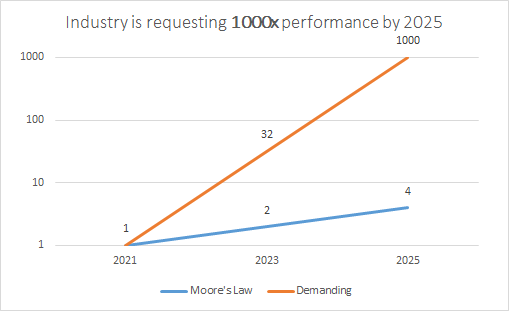
What industry is asking for is far beyond what Moore’s Law can serve.

Intel’s Answer
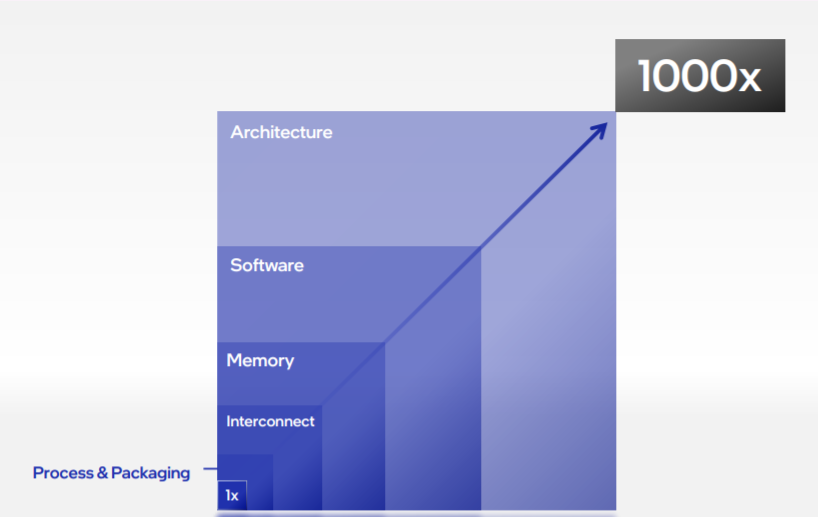
Sustaining innovations through tik-tok(alternative innovations between process and architecture) is not enough. Disruptive innovations are needed, through joint forces from: architecture, software, memory, interconnect, process&packaging.
In Architecture Day, Intel focuses on Architecture.
-
Architecture - shifting from SoC to SiP
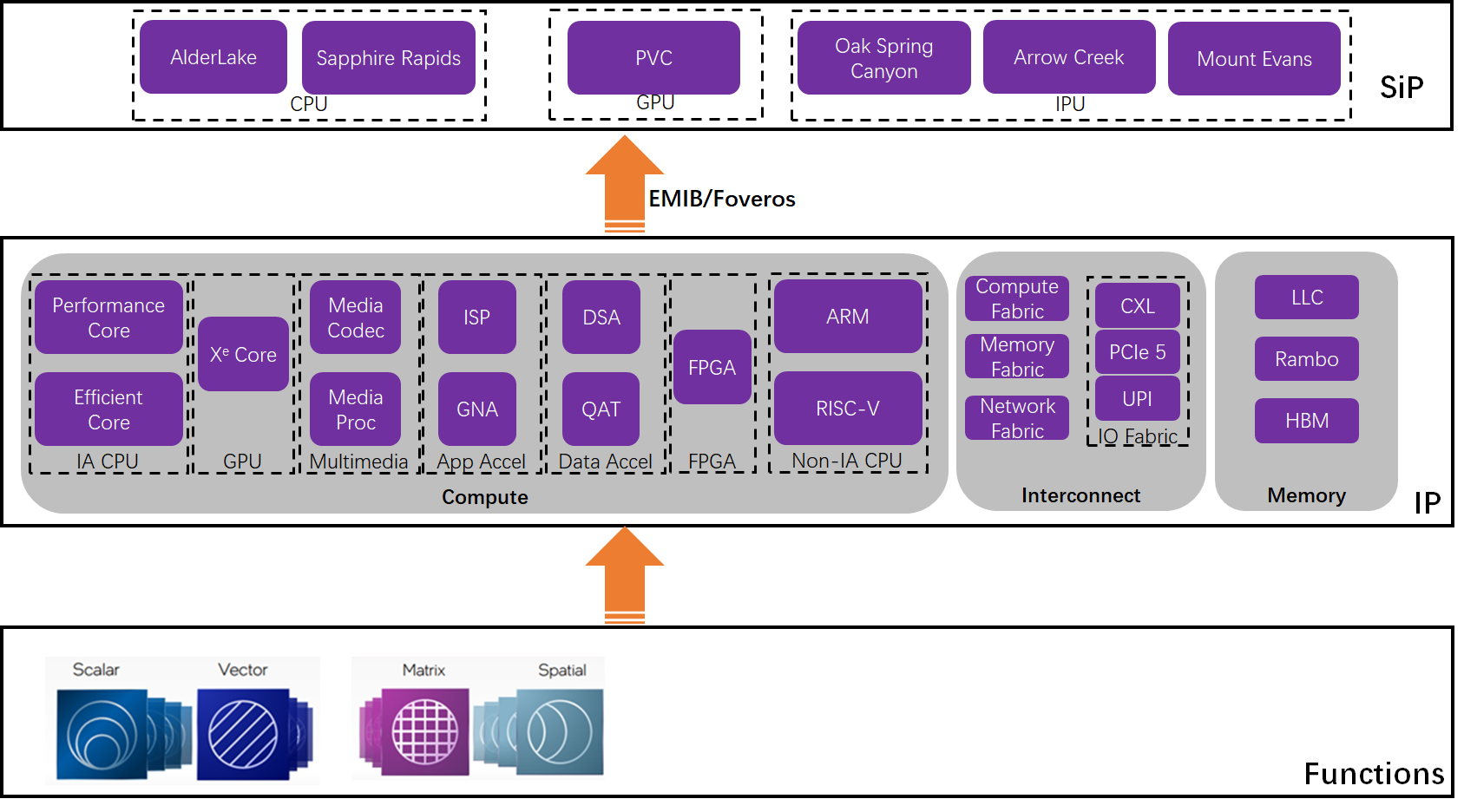
-
Software
-
Memory
-
Interconnect
-
Process & Packaging
SiPs
CPU
-
IP
-
Efficient Core
Rename Atom to Efficient Core, targeting to throughput-driven and power-efficient scenarios. HT and AVX-512 are disabled, so is saved for better core count scaling.
is saved for better core count scaling.
Single core throughput is optimized by:
-
deeper front end
-
2x Instruction Cache
-
2x 3-wide OOO decoders
-
-
wider back end
-
17 ports
-
-
-
Performance Core
Among other incremental gen-by-gen optimizations in both front end and back end, 3 highlights:-
Tensor Co-processor - AMX
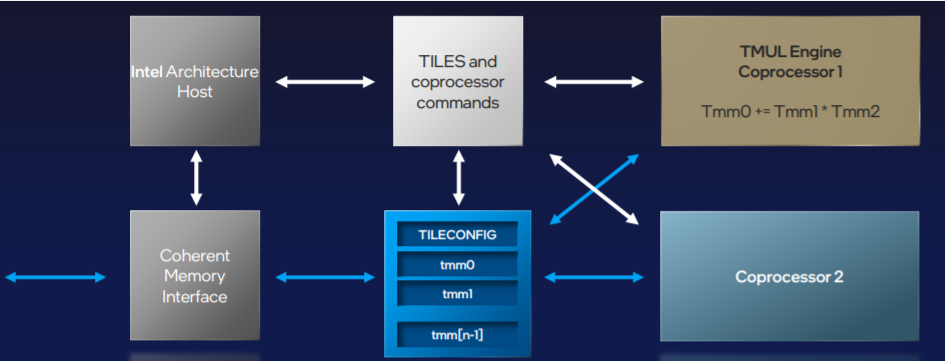
-
SIMD FADD ISA is added to accelerate sum-based zip operations(embedding_bag, eltsum etc.)
-
New Smart PM Controller to minimize frequency drop across AVX2/AVX512/AMX
-
-
-
SiP
Heterogeneous compute dies connect as a hybrid compute die in package.
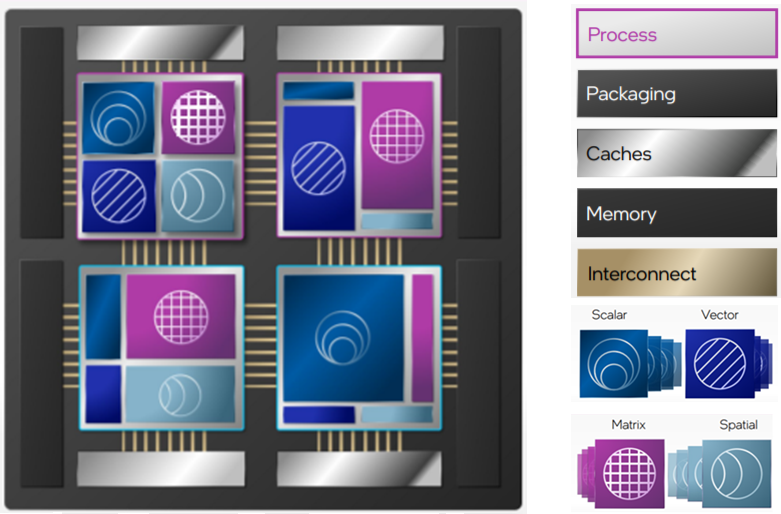
-
Alder Lake
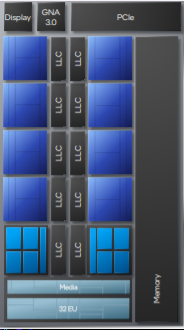
w/ building blocks:

Automatic core scheduling btw efficient cores and performance cores by Intel Thread Director. -
Sapphire Rapids
A bold experiment on in-package data flow processing.


-
GPU
Intel shows its ambitions by revealing its full GPU portfolio for every segment: gaming, AI computing, high performance computing, w/ both integrated and discrete form factors. In this catching-up phase, there is no need to show fancy innovations, it just needs to be execute fast and flawlessly.
In HotChips’33, Intel shows an promising AI performance on ResNet-50 w/ its A0 silicon.
-
training IPS(1.1x)
-
PVC: 3400
-
A100: 2986
-
-
inference IPS(1.5x)
-
PVC: 43000
-
A100: 29856
-
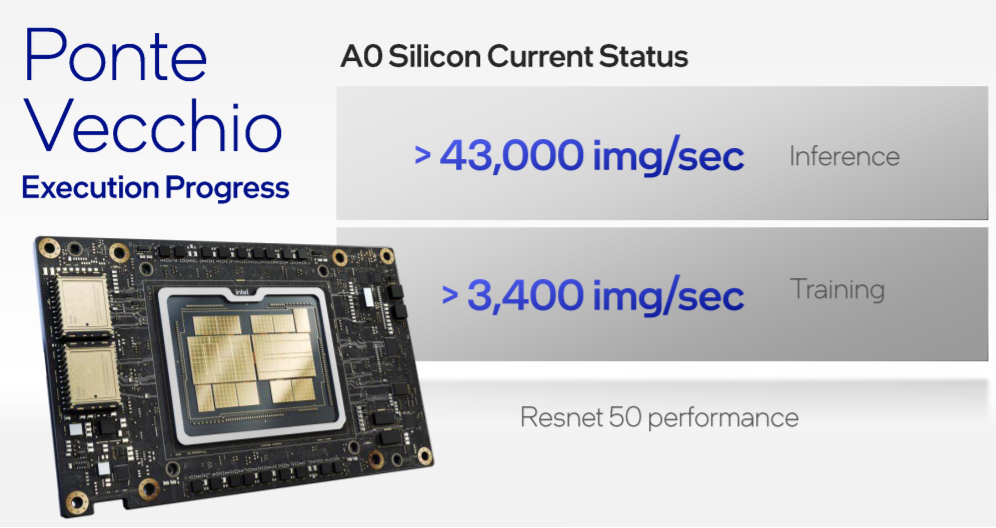
For package, as CPU, GPU is also shifting to SiP through 3D IC technology.

IPU
IPU’s mission is infrastructure offload. What’s the infrastructure really meaning to offload? There are 3:
-
management (already offload to BMC based Out-Of-Band system)
-
IO
-
storage
-
network
-
For every IO, we have 3 planes:
-
data plane
-
control plane
-
management plane
In pre-IPU era, low-level data plane is done by device(disk/NIC etc.), high-level data plan, control plan and management plane are delegated to host CPU. For CSPs which sell IAAS for revenue, host CPU is expensive. IPU is here to take back full data plan, control plane and management plane from CPU to device. So in post-IPU era, we converted dummy NICs and dummy SSDs to smart NICs and smart SSDs.
Intel did some exploration on its IP/package portfolio, and announced 3 products(system/package).

This is just a first step from zero to one, Intel has more in their IP/package portfolio to explore, to get to HW convergence.
Thoughts
A data-centric mindset means architecture design will be around data life cycle
-
data@compute
-
data@transmit
-
data@rest
About data@compute
We can revisit different WLs we have:
-
latency-driven WL -> CPU is the converged architecture
-
throughput-driven WL
-
(a) BIG number of HEAVY work, same TOA(Time Of Arrival): e.g. image(2D/3D) training, NLP training, offline inference
-
BIG number of LIGHT work
-
(b) same TOA: e.g. search&rec training
-
(c) different TOA: e.g. online inference
-

-
With these sub-types which pose different data@compute problems, although GPU has a good track-of-record for type (a), architecture still has a long way to solve all these 3 problems.
After tensor core was accepted as the third base accelerator, SIMT finished its acting role on matrix operation acceleration, and backed to the scalar/vector acceleration role. So basically, we need reconsider the architecture since new base blocks are accepted.
Industry is exploring 3 tracks in parallel for scalar/vector acceleration choices(as below). We just need let the bullets fly…
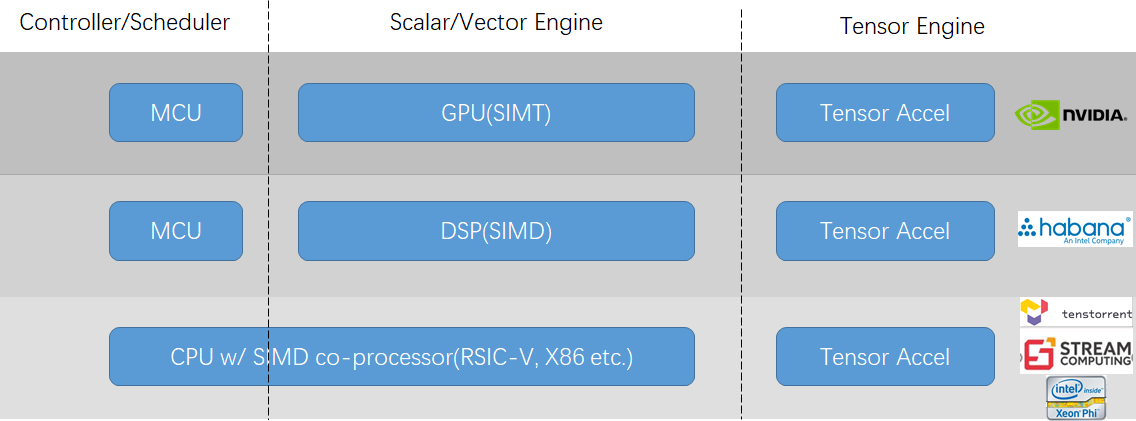
[Q] Can we converge latency-driven WL and throughput-driven WL to one device?
Intel is using Sappire Rapids to explore the possibility of converging latency-driven WL and throughput-driven WL back to CPU. W/ this vision, they need carefully handle the mixed deployment problem, since latency-driven WL prefers frequency and throughput-driven WL prefers compute_cap_per_cycle, they are conflicting.

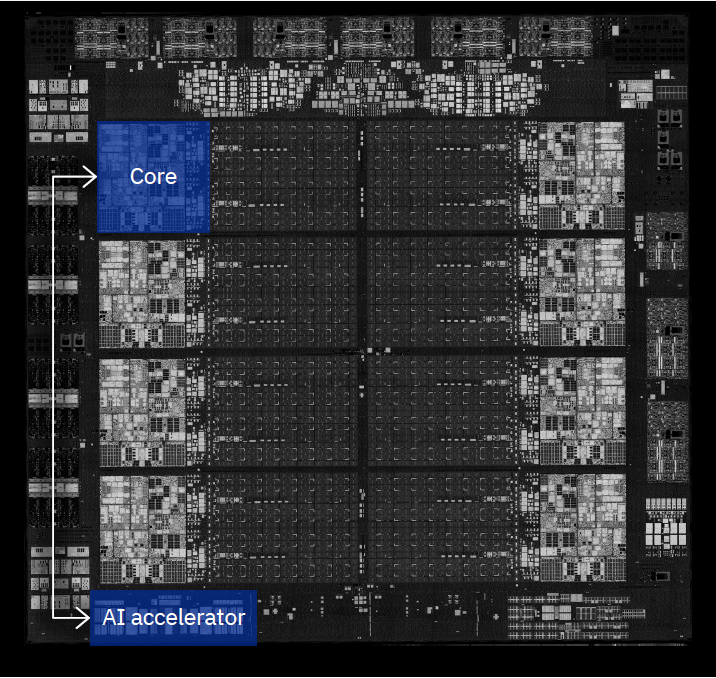
A step-back question is: is device convergence the real what we need? I don’t think so. Maybe architecture convergence is far more important than device convergence for Intel. For “CPU + Tensor Accel” track, Intel had Xeon Phi before, they missed it.
About data@transmit and data@rest
IPU was designed to save IAAS cost and offload infrastructure workload, and solve the security concern at the same time. NVIDIA thinks more to use it to do application offload, SHARP(Scalable Hierarchical Aggregation and Reduction Protocol) is a step upward to experiment on aggregation and reduction operations. We can think more, although it’s not an easy work.

Software is Eaten
近10年尤其是近5年来,应用裹挟着硬件一路狂奔,留下软件在风中凌乱。Raja曾经在HotChips’32里用Swiss Cheese的隐喻来描述这一地鸡毛的leaky abstraction。在Architecture的Golden Age的光晕里, Software的Golden Age呼之欲出,去补上这千疮百孔。

Software的取决于Architecture的走向,我们不妨做一些What-If。
-
What-If-1: Architecture Converge back to CPU, which different device types
传统的编程模型没有发生根本改变,只需要重新划定role&responsibility,分层补洞。 -
What-If-2: Multi-Architecture is promised land.
编译技术的黄金时代会到来。在这条路线上,首先需要进行的是GC和DSC的converge,Intel把ICC放弃掉,统一至LLVM,算是为这条路做个基础性工作。 -
What-If-3: …
让我们耐着性子,边走边看,边走边改。